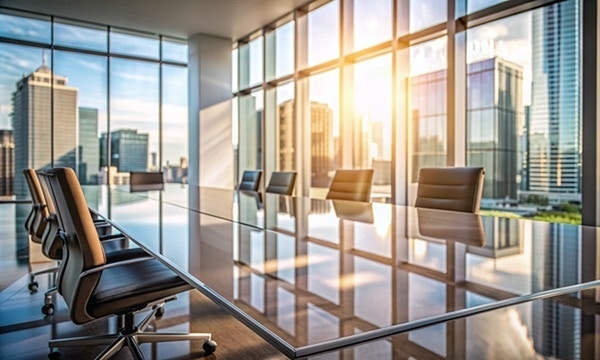Organizations in financial services and beyond are scrambling to acquire and retain the very best talent to help them in their transformation journeys. This is a challenge because the demand for technical talent has never been greater.
There are several reasons for this, which were explored by the panel at Finextra, the financial cloud summit in London.
Jason Maude, Chief Technology Advocate at Starling Bank, explained that there is now a requirement for specialized talent, rather than people with amorphous and broad skillsets.
He said: “There is now more of a choice for tech talent. 10 years ago, software engineers only had two choices, a secure project management company or a crazy startup. That dichotomy has gone, because everywhere is a tech company now."
Mani Nagasundaram, Senior Vice President, Head Strategic Initiatives and Cloud Ecosystems, Financial Services at HCLTech commented: “It’s always been difficult to hire good tech talent. In financial services, this challenge has been increasingly difficult due to the reputation of the industry following the 2008 crash. The impact of COVID-19 also put pressure on hiring talent and the mass hiring of tech talent by technology companies also added further pressure.”
Despite these continuing challenges, Nagasundaram believes the situation is stabilizing in the quest to hire the best and right tech talent for financial services.
“In order to acquire and retain the best talent paying the market rate and developing a good culture are crucial,” he added.
Ben Scowen, VP of Cloud and Core Enterprise from Kyndryl UK and Ireland and Charles Wood, Chief Architect at Mettle, agreed.
Scowen said: “It’s more difficult to keep talent than it is to acquire them. Once you’ve trained them and created the talent, they’re very attractive to competitors. If you can hold onto talent for 5 years that is a good length of time and paying them the market value for their role is key.”
Wood continued: “People care about the work, they care about how they’re doing it and the technology choices available to them—the culture.”
The move from legacy and utilizing cloud
Talent is crucial in helping large banks move away from legacy and remove technical debt.
To do this effectively, banks “need to acquire talent that spans decades”, said Scowen. “The move from legacy requires a mass simplification and for banks to double down on two simple technologies, while outsourcing software engineers if it’s not part of your core competency.”
Nagasundaram added: “You need to have a strategy when moving away from legacy, otherwise the transformation will fail.”
When it comes to talent utilizing the cloud in the right way, he added: “Unlearning and relearning is crucial. The pace of change is so high today, organizations can no longer offer generalized training across the population. The need to offer persona-based training at the point of delivery. This is a cultural challenge.”
Are low-code solutions the answer to the tech talent problem?
Low-code and no-code tools have been championed as solutions that can help business users interact and engage with tech and solve the tech talent crisis.
But is this the case?
The majority of the panel was unconvinced.
Maude said: “Mission critical and highly transactional services must be software engineered.”
Maude added: “There are limits [with no-code and low-code. But if these solutions are implemented, change management tools are needed to track any workflow changes [made by business users].
Nagasundaram continued: “The moment you start taking technical functions into the business, this might just pass the existing problem on. It will lead to a huge change in function for the business, push IT costs out and potentially create a shadow IT organization. Low-code in smaller organizations might work, but this is an unlikely reality in large banks.”
Multi-disciplinary teams
Instead of one or the other, the panel suggested multi-disciplinary teams might offer a solution that helps create engaging, effective and balanced teams with a strong talent pipeline.
"Organizations need multi-skill teams, but their success will depend on whether they are autonomous and empowered to make their own decisions,” said Nagasundaram.
To do this, he added: “Organizational change is needed to enable teams and align the business and IT for effective transformation and cloud adoption.”

 Listen to article
Listen to article



